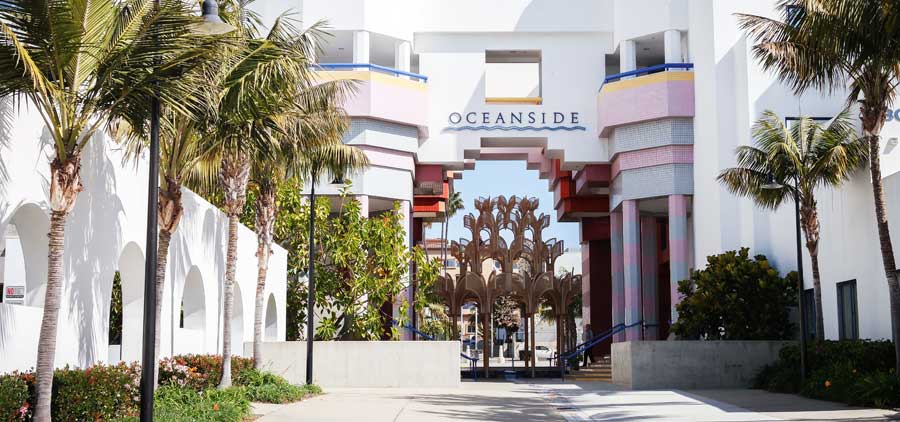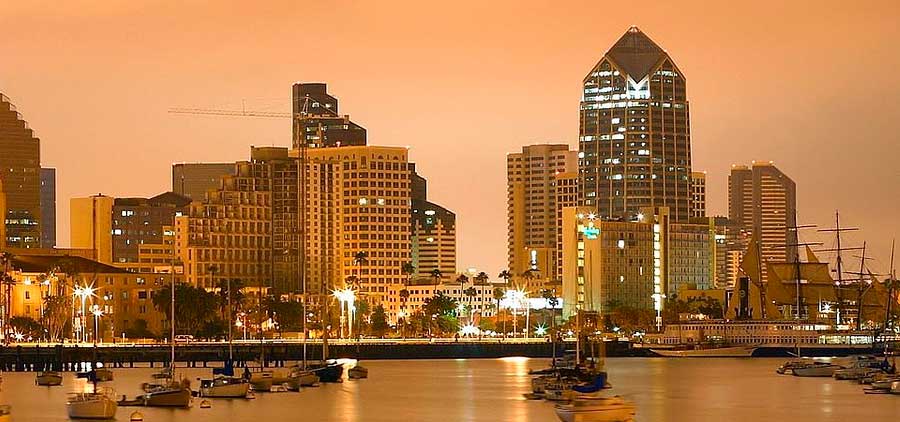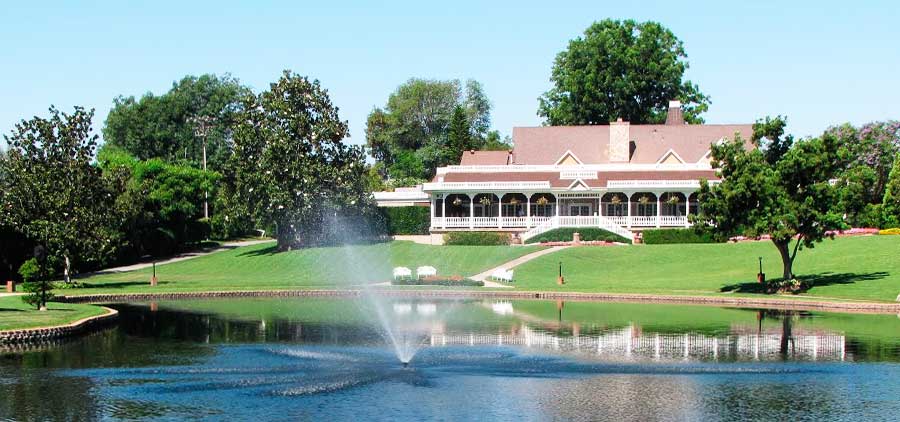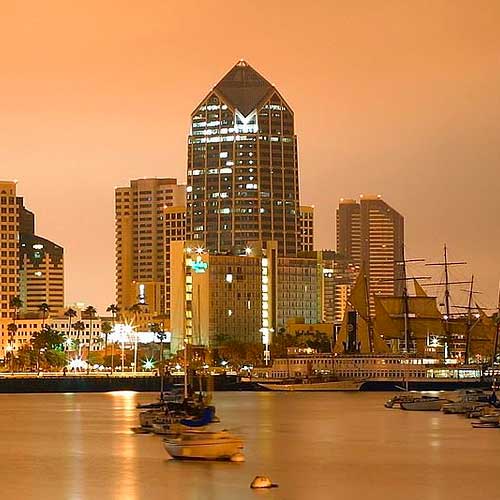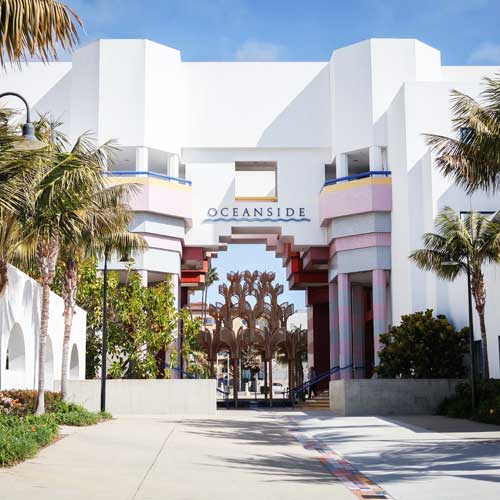San Diego County became part of the United States as a result of the Treaty of Guadalupe Hidalgo in 1848, ending the U.S.-Mexican War. This treaty designated the new border as terminating at a point on the Pacific Ocean coast which would result in the border passing one Spanish league south of the southernmost portion of San Diego Bay, thus ensuring that the United States received all of this natural harbor.
San Diego County was one of the original counties of California, and it was created at the time of California statehood in 1850.
San Diego County was one of the original counties of California, and it was created at the time of California statehood in 1850.
According to the U.S. Census Bureau, the county has a total area of 4,526 square miles (11,720 km2), of which 4,207 square miles (10,900 km2) is land and 319 square miles (830 km2) (7.0%) is water.[16] The county is larger in area than the combined states of Rhode Island and Delaware. San Diego County has a varied topography. On its western side is 70 miles (110 km) of coastline. Most of San Diego between the coast and the Laguna Mountains consists of hills, mesas, and small canyons. Snow-capped (in winter) mountains rise to the northeast, with the Sonoran Desert to the far east.
The 2010 United States Census reported that San Diego County had a population of 3,095,313. The racial makeup of San Diego County was 1,981,442 (64.0%) White, 158,213 (5.1%) African American, 26,340 (0.9%) Native American, 336,091 (10.9%) Asian (4.7% Filipino, 1.6% Chinese, 1.4% Vietnamese, 3.2% Other Asian), 15,337 (0.5%) Pacific Islander, 419,465 (13.6%) from other races, and 158,425 (5.0%) from two or more races.
Hispanic or Latino of any race were 991,348 persons (32.0%).
Hispanic or Latino of any race were 991,348 persons (32.0%).
According to the 2000 Census, the median income for a household in the county was $47,067, and the median income for a family was $53,438. Males had a median income of $36,952 versus $30,356 for females. The per capita income for the county was $22,926. About 8.9% of families and 12.4% of the population were below the poverty line, including 16.5% of those under age 18 and 6.8% of those age 65 or over.
Arising from an effort by the state government to identify regional economies, San Diego County and Imperial County are part of the Southern Border Region, one of nine such regions. As a regional economy, the Southern Border Region is the smallest but most economically diverse region in the state. However, the two counties maintain weak relations and have little in common aside from their common border.


